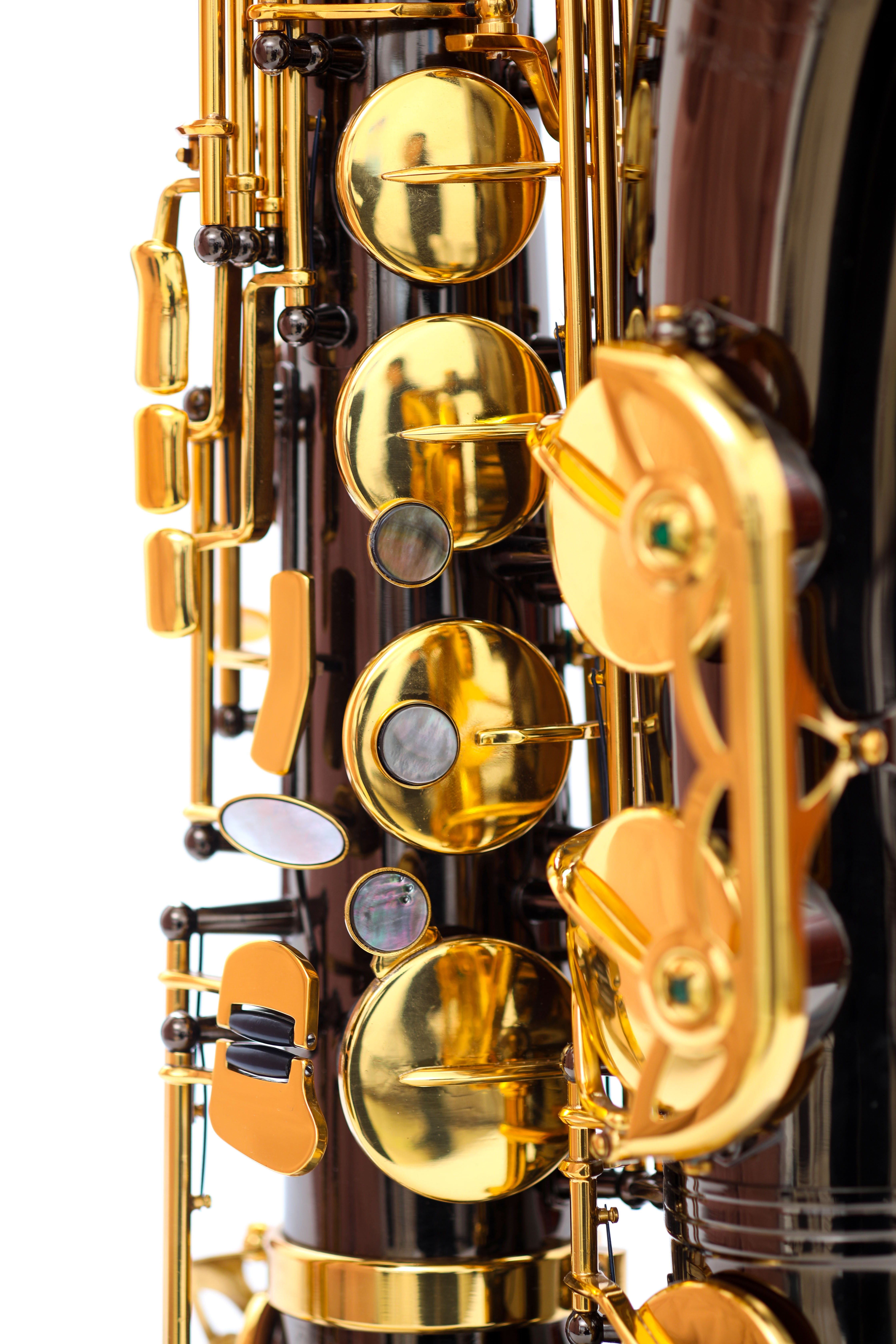Indeed, a saxophone is a wind instrument. It is specifically categorized as a woodwind instrument, despite being typically made of brass. The categorization is because of the way the sound is produced – by the vibration of a reed, a characteristic shared with other woodwind instruments.
Understanding Wind Instruments
Wind instruments, also known as aerophones, produce sound by the vibration of air, typically within a resonator such as a tube or pipe. This category of instruments is further divided into two main types: brass and woodwinds.
- Brass Instruments: These are wind instruments made of brass or other metals that produce sound when the player buzzes their lips against a cup-shaped mouthpiece. Examples include trumpets, trombones, and tubas.
- Woodwind Instruments: Woodwinds produce sound when the player blows air against a sharp edge or through a reed, causing it to vibrate. These instruments include flutes, clarinets, oboes, and, of course, saxophones.

The Unique Case of the Saxophone
The saxophone is an intriguing member of the woodwind family. It was invented by Adolphe Sax in the 1840s and, despite its brass construction, is classified as a woodwind because of its mechanism for sound production.
- Reed Vibrations: A saxophone utilizes a single reed attached to a mouthpiece. When the player blows into the mouthpiece, the reed vibrates, producing sound. This method of sound production aligns with that of other woodwind instruments, thus categorizing the saxophone as a woodwind.
- Brass Body: The body of the saxophone is typically constructed from brass, a characteristic more common among brass instruments. This gives the saxophone its distinctive, resonant sound and contributes to its durability.
The Sound of the Saxophone
The saxophone is renowned for its unique, versatile sound, which can range from smooth and melodic to sharp and percussive. Its sound character is influenced by several factors, including the material and shape of the saxophone, the type of reed used, and the player’s technique.
- Material and Shape: The brass construction and conical shape of the saxophone contribute to its resonant, full-bodied sound.
- Reed Type: The type of reed used can significantly influence the tone of the saxophone. Harder reeds tend to produce a brighter, louder sound, while softer reeds create a warmer, mellower tone.
- Player’s Technique: The saxophonist’s technique, including embouchure (how the mouth is positioned on the mouthpiece) and breath control, plays a significant role in shaping the instrument’s sound.
The saxophone’s unique blend of characteristics – its brass body, reed vibration method, and resulting versatile sound – is part of what makes it a beloved and enduring instrument in many musical genres.


